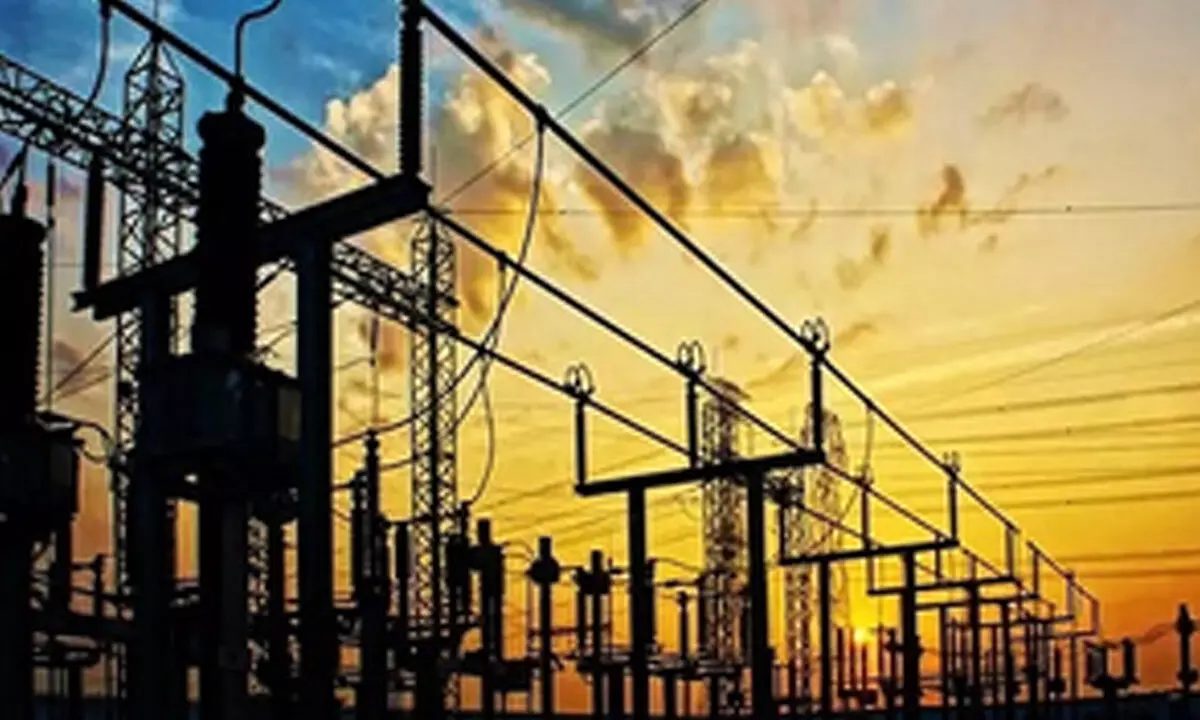Live
- Bengaluru Peripheral Ring Road: HC directs BDA to acquire pending land
- Bhima Jewels unveils ‘Shine Brighter as you evolve’ campaign
- Bombay High Court Dismisses PIL On MLC Nominations
- Bajrang Dal appeals to implement check-in rules
- Supreme Court of India is not holy cow
- Nothing wrong with Maoists surrendering at CM’s office: HM
- 6,069 buildings with high tax arrears to be sealed
- Vinod Kumar, a collector of rare coins and currency for 33 years
- Four killed, 30 injured in truck-bus collision in TN
- INDIA bloc must be dissolved: Omar
Just In
Delhi witnesses sizeable jump in temperature-related power demand: IEEFA report

Delhi witnessed a sizeable jump in temperature-related electricity demand in the last 12 months (up to June 22), a new report by Institute for Energy Economics and Financial Analysis (IEEFA), an independent think-tank, said on Friday.
New Delhi: Delhi witnessed a sizeable jump in temperature-related electricity demand in the last 12 months (up to June 22), a new report by Institute for Energy Economics and Financial Analysis (IEEFA), an independent think-tank, said on Friday.
As per the IEEFA report, the peak power demand in the national capital increased by 711 megawatts (MW) on the hottest and most humid days, by 506 MW on cold and dry days, but only by 188 MW on days when the temperature and humidity were moderate.
The analysis used wet-bulb temperature (WBT) -- a measure of both heat and humidity -- as yardstick.
On hot and humid days, when the WBT was 32.5 degrees Celsius, the year-on-year peak demand increase was 3.8 times greater than what it was on moderate days (17.5 degrees WBT), and on cold, dry days (7.5 degrees WBT), it was 2.7 times higher.
The report also highlights a marked increase in the number of very hot and humid days (using 30 degrees WBT as a threshold).
In the analysis, there were 24 such hot and humid days in 2022-23, which jumped to 40 days in the 12-month period just completed. WBTs above 35 degrees have been considered impossible to survive in for more than a few hours.
“Temperature levels which directly threaten human health have been surpassed far more often in this year’s heatwave. Cooling on such days is no luxury, it is life-saving, and reliably meeting electricity demand is of utmost importance,” said the report's author, Charles Worringham, guest contributor, IEEFA.
Given that heatwaves may soon become the norm, the burden of power generation cannot be borne solely by thermal plants, which are operating closer to full capacity than in recent years.
Worringham emphasised that moderating the rate of growth in power demand is also an urgent goal. This includes prioritising challenging yet vital programmes at the central and state levels to improve energy efficiency for buildings, as well as encouraging demand-side management initiatives through flexible tariffs and other incentives to curb the rise in peak demand.

© 2025 Hyderabad Media House Limited/The Hans India. All rights reserved. Powered by hocalwire.com






